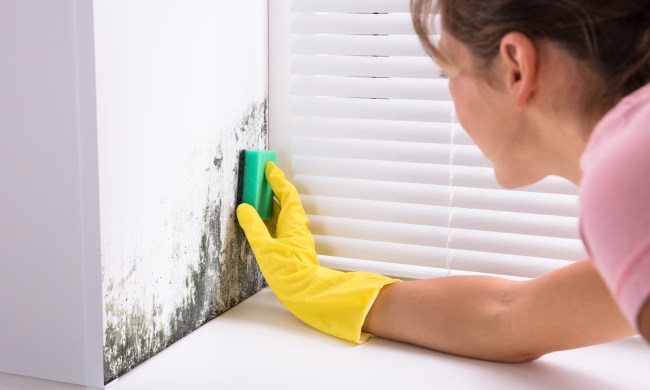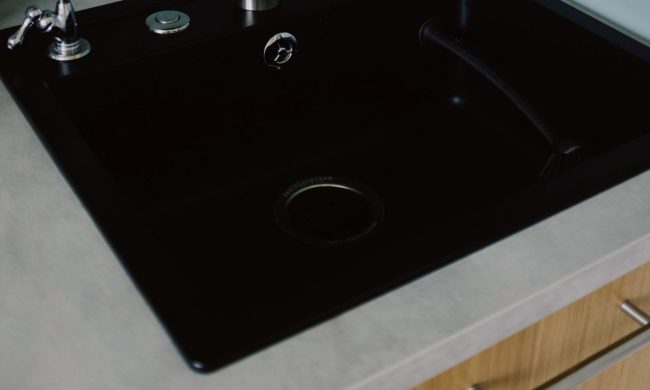When you have an upcoming dinner party or you’re hosting a social event in your home, you want everything to be clean, pristine, and perfect. If you haul out your good silverware and find that it looks dull or tarnished, don’t get discouraged just yet. Shining silver is an exhausting and monotonous task, and there are a few different methods and ingredients people swear by for getting that silver to sparkle. The good news is, there’s a popular hack on TikTok that requires almost zero effort. It’s the greenest method we’ve seen and has users raving about their sparkling silverware. Here’s what you need to know!

Why abandon traditional silverware polishing methods?
Polishing the silver brings to mind turn-of-the-century punishments for unruly children. It was a punishment because it’s not a fun task. Most methods for making silverware sparkle require a lot of elbow grease, make a big mess, and aren’t very environmentally friendly. Here are some of those methods and why they’re not the best options.
Environmentally un-friendly method: Silver polish
While incredibly effective at restoring that shine to silver, polishing requires buffing each piece of silverware with a rag, which can be time-consuming. Commercial silver polishing products are also the least environmentally friendly method here, and when they’re rinsed down the drain, the chemicals are released into the environment. This can impact drinking water and also harm marine life. While there are some brands that have natural ingredients, some emit toxic fumes that you shouldn’t breathe in for too long.
Messy methods: Baking soda, laundry detergent, cornstarch, and toothpaste
The baking soda and laundry detergent methods are used in conjunction with aluminum foil and boiling water. While they do the job adequately, they make a bit of a mess, and they still require some additional buffing and elbow grease. Cornstarch and toothpaste are also effective at polishing, and are applied right to the silver to be scrubbed away. But they, too, make a big, sticky mess with the paste they produce.
Elbow grease method: Lemon-lime soda
Lemon-lime soda actually does a pretty good job of shining silver on its own, but it may require some additional buffing. Also, many soda brands have sweeteners that will make the silverware sticky, which means you’ll have to wash the flatware after buffing.
How to clean silverware using aluminum foil
@carolina.mccauley ? This dishwasher hack will leave your silverware sparkling ✨ #kitchenhacks #homehacks #dailyhacks #cleaningmotivation #hometips
As mentioned in the messy methods section above, it’s actually not a new idea to use aluminum foil to polish tarnished silverware. People have been using it for years by lining a tub with the foil, then adding boiling water and baking soda to the tub before soaking silverware in the mixture. The genius TikTok method we’re going to talk about uses the same principles as the foil-lined tub method, only without all the work and mess. Here’s how to do it:
- Load your silverware into the dishwasher.
- Rip off a sheet of aluminum foil and crinkle it up into a ball.
- Place the foil ball in an empty flatware compartment so that it won’t bounce around while the cycle runs.
- Add dishwasher detergent and flip the machine on.
That’s it. It’s literally as simple as doing a load of dishes in the dishwasher, and your silverware will emerge shiny and free of tarnish.
Beautiful silverware is a lovely addition to an elegant dinner party or social gathering. If your good silverware isn’t looking so great these days, you don’t need messy methods or toxic chemicals to get it looking like new. Give this TikTok trend a go, and see how easy it is to make your silverware sparkle.



